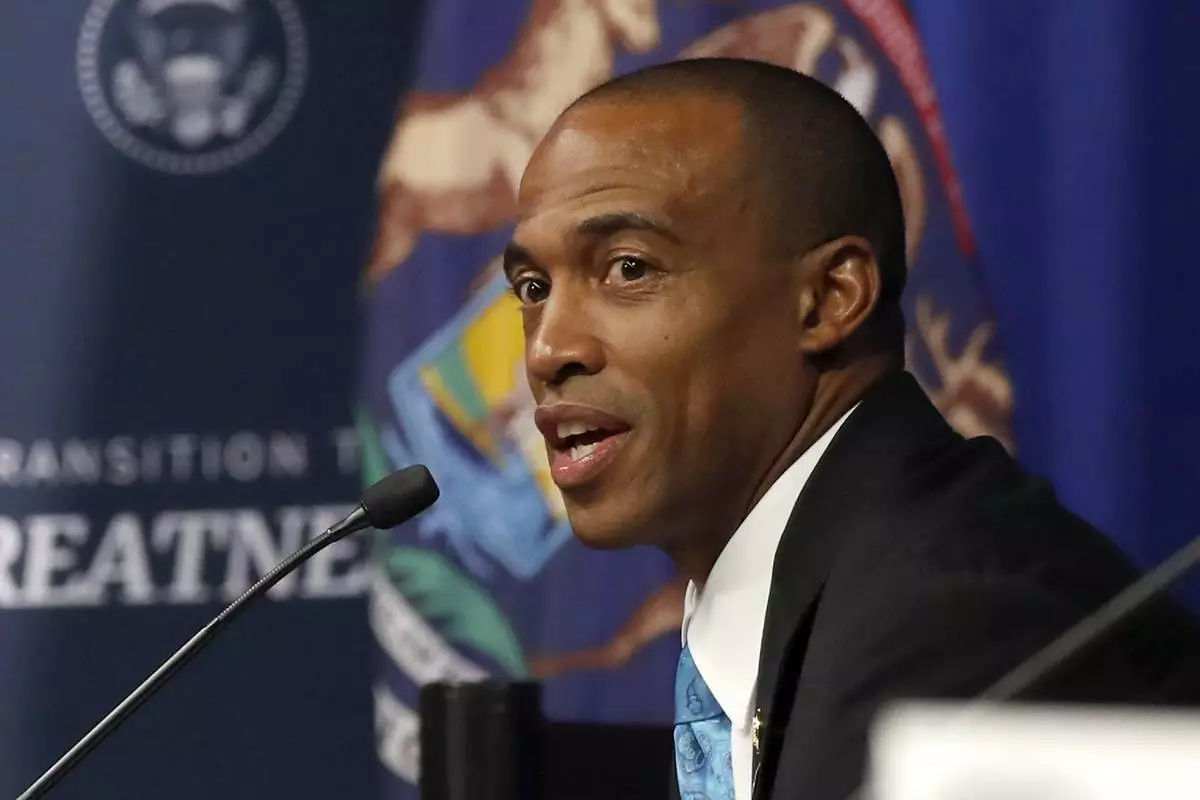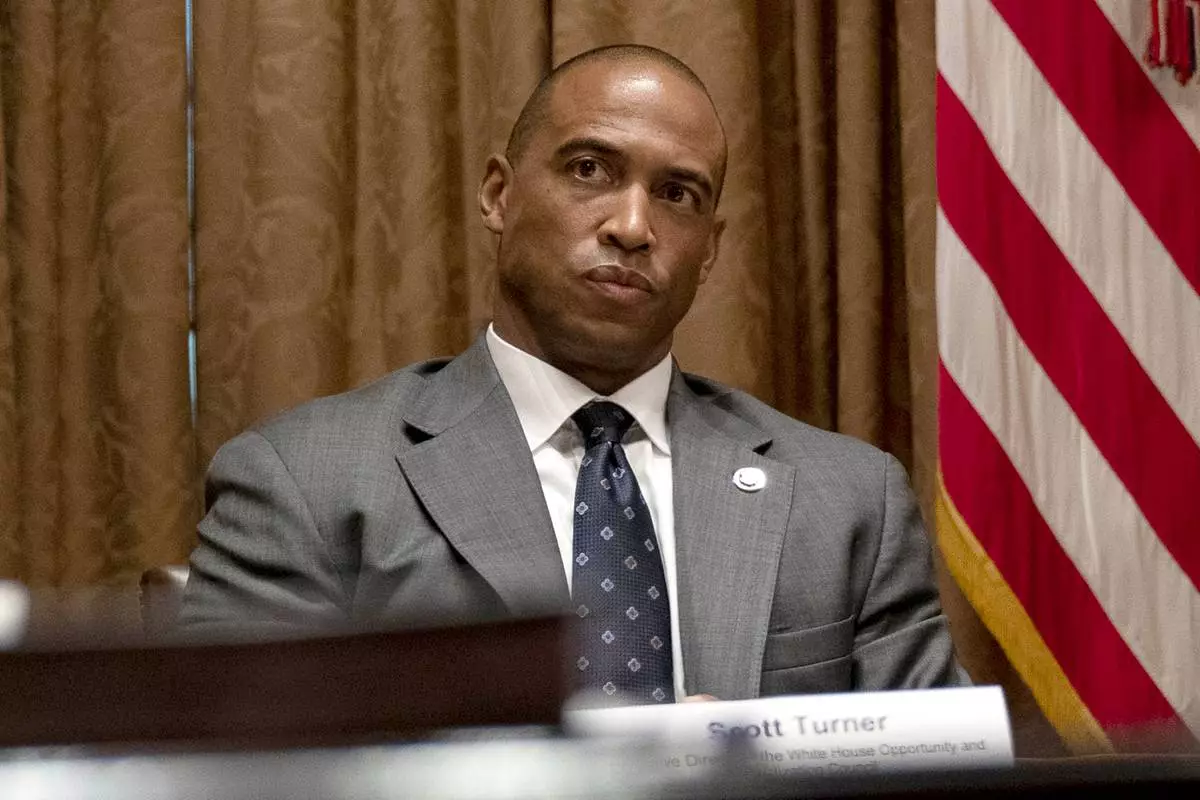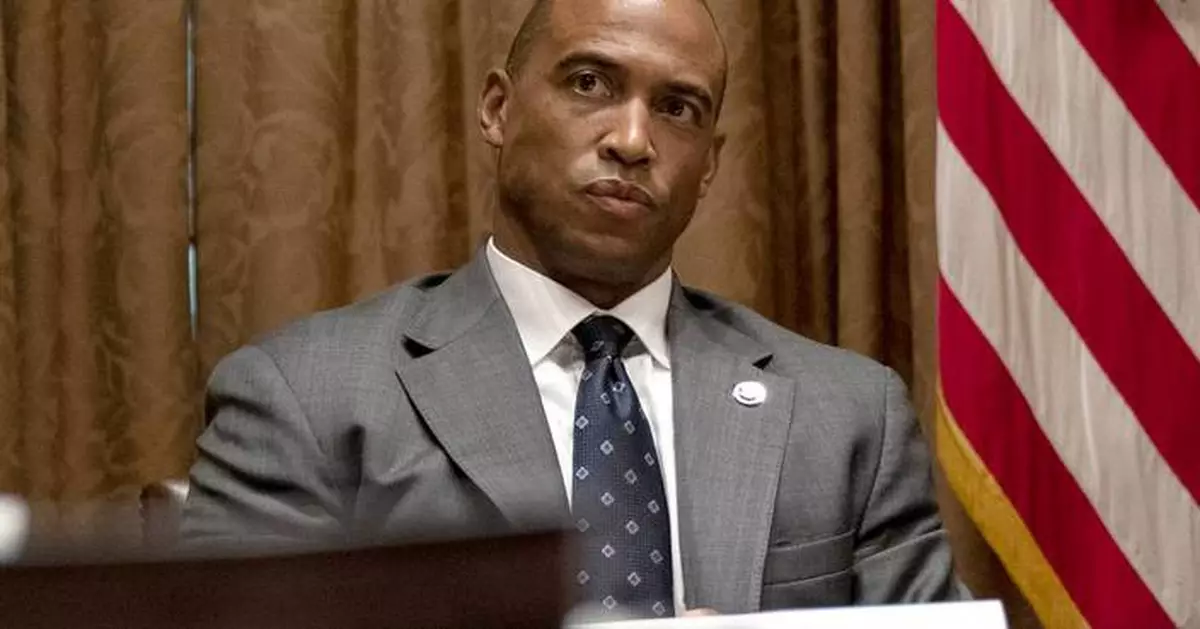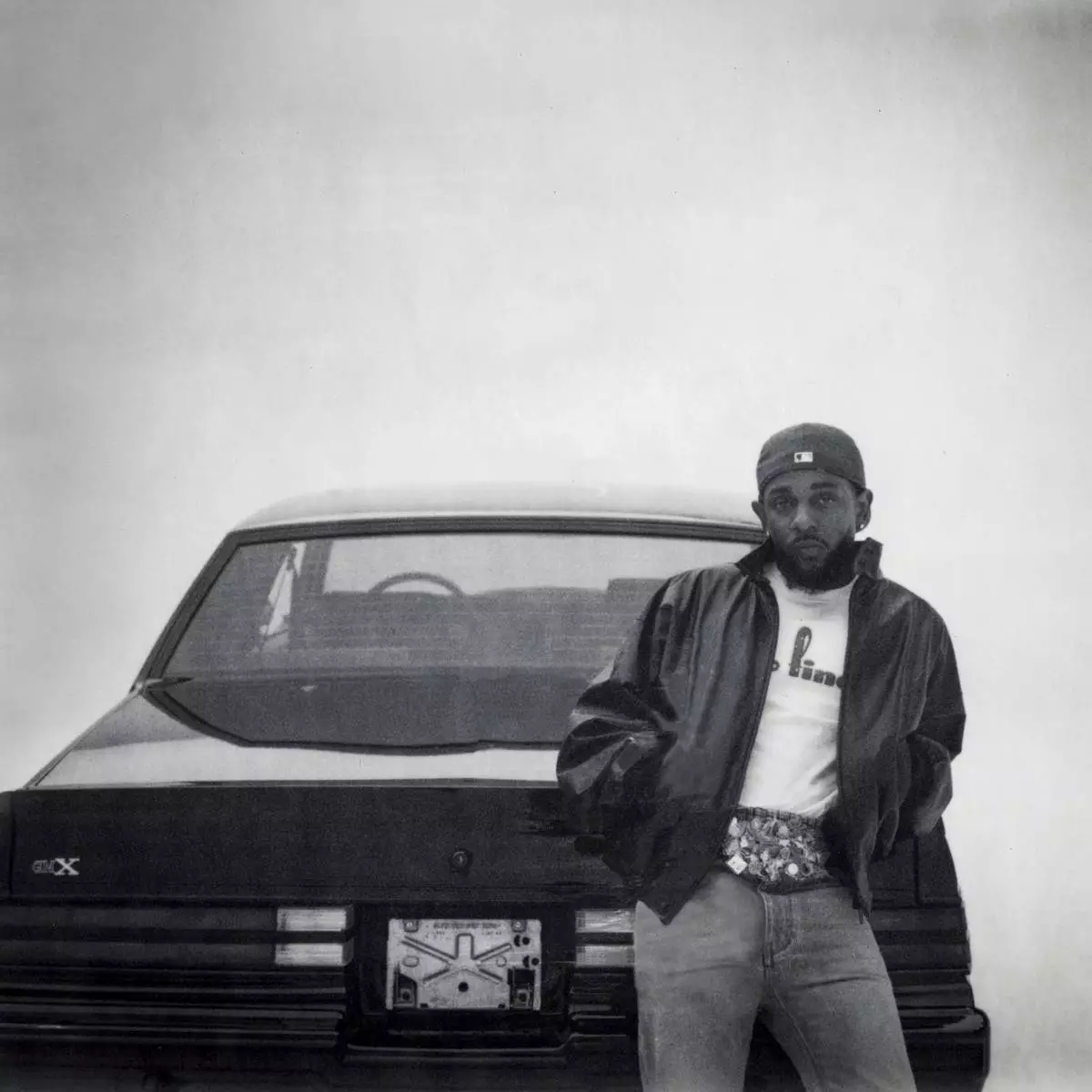Scott Turner, President-elect Donald Trump choice to lead the Department of Housing and Urban Development, is a former NFL player who ran the White House Opportunity and Revitalization Council during Trump’s first term.
Turner, 52, is the first Black person selected to be a member of the Republican's Cabinet.
Here are some things to know about Turner:
Turner grew up in a Dallas suburb, Richardson, and graduated from the University of Illinois Urbana-Champaign. He was a defensive back and spent nine seasons in the NFL beginning in 1995, playing for the Washington Redskins, San Diego Chargers and Denver Broncos.
During offseasons, he worked as an intern then-Rep. Duncan Hunter, R-Calif. After Turner retired in 2004, he worked full time for the congressman. In 2006, Turner ran unsuccessfully as a Republican in California’s 50th Congressional District.
Turner joined the Texas House in 2013 as part of a large crop of tea party-supported lawmakers. He tried unsuccessfully to become speaker before he finished his second term in 2016. He did not seek a third term.
Turner also worked for a software company in a position called “chief inspiration officer” and said he acted as a professional mentor, pastor, and councilor for the employees and executive team. He has also been a motivational speaker.
He and his wife, Robin Turner, founded a nonprofit promoting initiatives to improve childhood literacy. His church, Prestonwood Baptist Church, lists him as an associate pastor. He is also chair of the center for education opportunity at America First Policy Institute, a think tank set up by former Trump administration staffers to lay the groundwork if he won a second term.
Trump introduced Turner in April 2019 as the head of the new White House Opportunity and Revitalization Council. Trump credited Turner with “helping to lead an Unprecedented Effort that Transformed our Country’s most distressed communities.”
The mission of the council was to coordinate with various federal agencies to attract investment to so-called “Opportunity Zones," which were economically depressed areas eligible to be used for the federal tax incentives.
HUD is responsible for addressing the nation’s housing needs. It also is charged with fair housing laws and oversees housing for the poorest Americans, sheltering more than 4.3 million low-income families through public housing, rental subsidy and voucher programs.
The agency, with a budget of tens of billions of dollars, runs a multitude of programs that do everything from reducing homelessness to promoting homeownership. It also funds the construction of affordable housing and provides vouchers that allow low income families pay for housing in the private market.
During the campaign, Trump focused mostly on the prices of housing, not public housing. He railed against the high cost of housing and said he could make it more affordable by cracking down on illegal immigration and reducing inflation. He also said he would work to reduce regulations on home construction and make some federal land available for residential construction.

FILE - Scott Turner, the executive director of the White House Opportunity and Revitalization Council, speaks during a listening session with African-American leaders, May 21, 2020, in Ypsilanti, Mich. (AP Photo/Alex Brandon, File)

FILE - Scott Turner, the executive director of the White House Opportunity and Revitalization Council, attends a meeting in the Cabinet Room of the White House, May 18, 2020, in Washington. (AP Photo/Evan Vucci, File)











